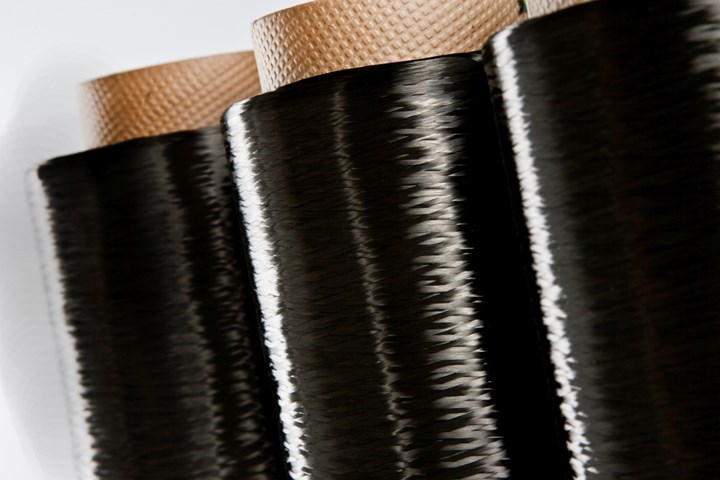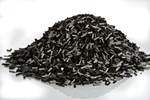Teijin Carbon Europe, UK NCC strengthen carbon fiber partnership
As a Tier 2 partner, Teijin Carbon Europe plans to provide carbon fiber non-crimp fabrics, thermoset and thermoplastic prepreg materials.

Source | Teijin
Teijin Carbon Europe GmbH (Wuppertal, Germany) the Teijin Group's carbon fiber business in Europe announced on July 30 that it has upgraded to Tier 2 membership with the National Composites Centre (NCC, Bristol, U.K.) with the goal to support next-generation aerospace manufacturing projects.
Teijin says it originally joined the NCC as an associate member in Nov. 2018. As a global manufacturer of carbon fiber, Teijin Carbon Europe notes it is well-placed to support the NCC to advance its materials and manufacturing technologies. Many of the company’s digital automated deposition technologies have been funded by the Aerospace Technology Institute (ATI, Bedfordshire, U.K.) as part of the NCC Digital Capability Acquisition (iCAP) Program — an investment program for digitalizing composite manufacturing, increasing production rates and quality while improving efficiency and reducing costs — including the ultra-high rate deposition cell, which retains two large industrial robots that automate the aircraft wing production process. Teijin says the robots measure, cut, lift and place pieces of carbon fiber fabric, or plies, with millimetric accuracy, laying five-meter-wide strips of composite material, up to 20 meters long, in one precise movement. Teijin contends that this cuts the number of fabric components required from around 100,000 components to 150 and can thus significantly reduce wing component build time. The company says this technology has the potential to revolutionize aircraft production and is playing a critical role in the Wing of Tomorrow (WOT) research and development program led by Airbus to deliver next-generation aircraft wings.
Teijin Carbon Europe says it looks forward to supporting the NCC and partners on various high-performance aerospace projects as well as contributing to the U.K. composites community. As a Tier 2 member, the company plans to provide carbon fiber non-crimp fabrics as well as thermoset and thermoplastic prepreg materials for diverse applications in these projects and in other NCC development programs.
“We’re delighted that Teijin is enhancing its membership with the NCC, which will enable us to explore more opportunities for future collaboration. We have already established a fruitful working relationship with Teijin, who have consistently provided us with materials, so that we can continue to develop new processes and products across all sectors,” says Enrique Garcia, chief technology officer at the NCC. “This strengthened partnership will make a valuable contribution to both the NCC’s and Teijin’s future growth in the composites industry.”
As one strategic focus of its medium-term management plan for 2020-2022, the Teijin Group is said to be intensively accelerating its development of mid- to downstream applications for aircraft. Teijin Carbon Europe has already been selected to supply carbon fiber based non-crimp fabric (NCF) to the Wing of Tomorrow project.
Going forward, Teijin says it intends to further strengthen its carbon fiber and its intermediate material business as a leading solution provider for aircraft applications, targeting annual sales in this field in excess of $900 million by around 2030.
Related Content
-
The making of carbon fiber
A look at the process by which precursor becomes carbon fiber through a careful (and mostly proprietary) manipulation of temperature and tension.
-
Materials & Processes: Resin matrices for composites
The matrix binds the fiber reinforcement, gives the composite component its shape and determines its surface quality. A composite matrix may be a polymer, ceramic, metal or carbon. Here’s a guide to selection.
-
Materials & Processes: Fibers for composites
The structural properties of composite materials are derived primarily from the fiber reinforcement. Fiber types, their manufacture, their uses and the end-market applications in which they find most use are described.
















